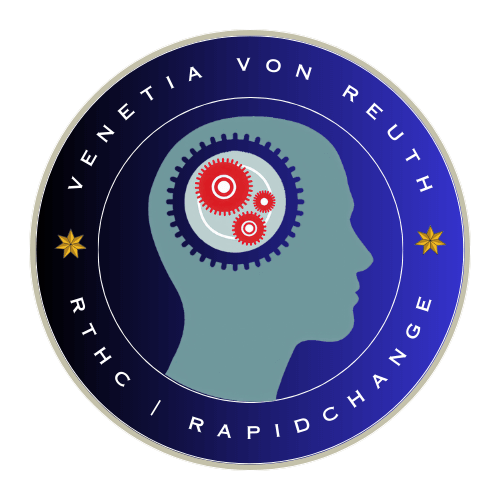When a person is under hypnosis, specific areas of the brain have altered connectivity and overall activity, according to recent studies by the Stanford School of Medicine.
Researchers studied 57 individuals while hypnotized, in a similar manner that they would use to study other mental health issues like anxiety, depression, and more. They noted the changes in the brain while the individual was being hypnotized.
Hypnosis is one of the oldest forms of psychotherapy in the west, but often it is seen more as a parlour trick. Instead, it can be a dramatic way to change the way an individual uses their mind to alter their perceptions and beliefs. The mind is quite powerful, and hypnosis can lead to real changes in the way a person perceives information, thinks about the world and processes things around them.
The studies showed that there are three distinct parts of the brain that are affected by hypnosis. Hypnosis decreases activity in the dorsal anterior cingulate, distracting the patient so that they don’t worry about what is going on around them.
It also increases the connectivity between two parts of the brain, known as the brain-body connection, helping the brain process what is going on in and around the body.
There is also a disconnect between a person’s actions and how aware they are of those actions. During a session, this means that the person who’s being hypnotized can accomplish a task without being anxious or self-conscious about that action.
One of the main benefits of this study is that scientists may be able to use the results to create a treatment that combines hypnosis with brain stimulation in order to help patients who aren’t usually very prone to hypnosis’s effects.
You can read the Stanford Medicine article here










